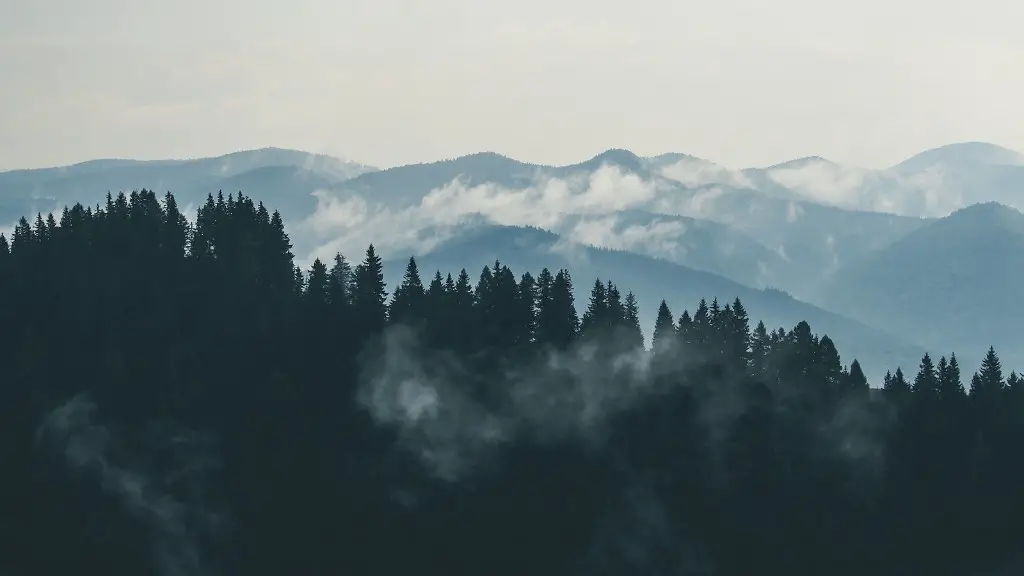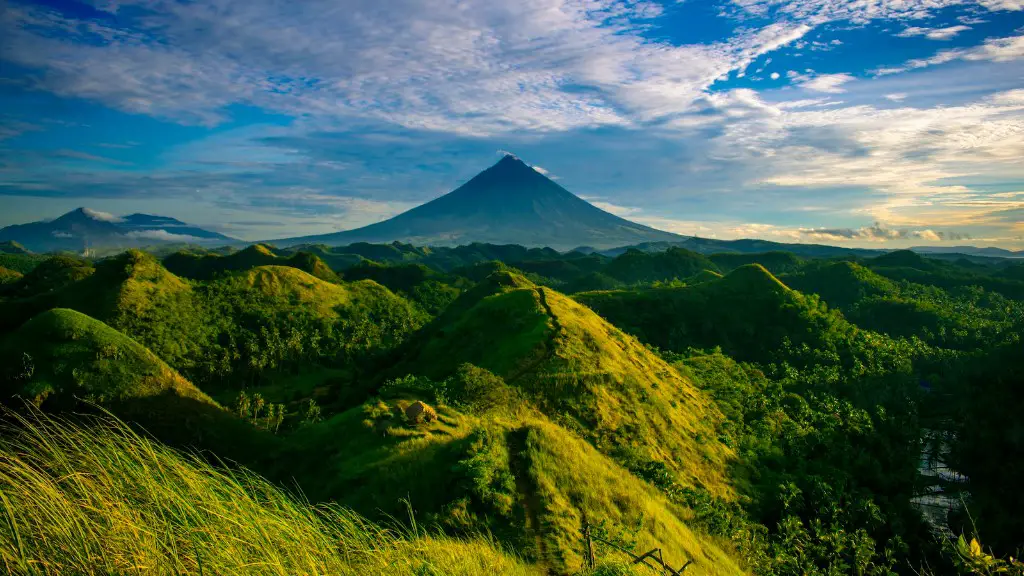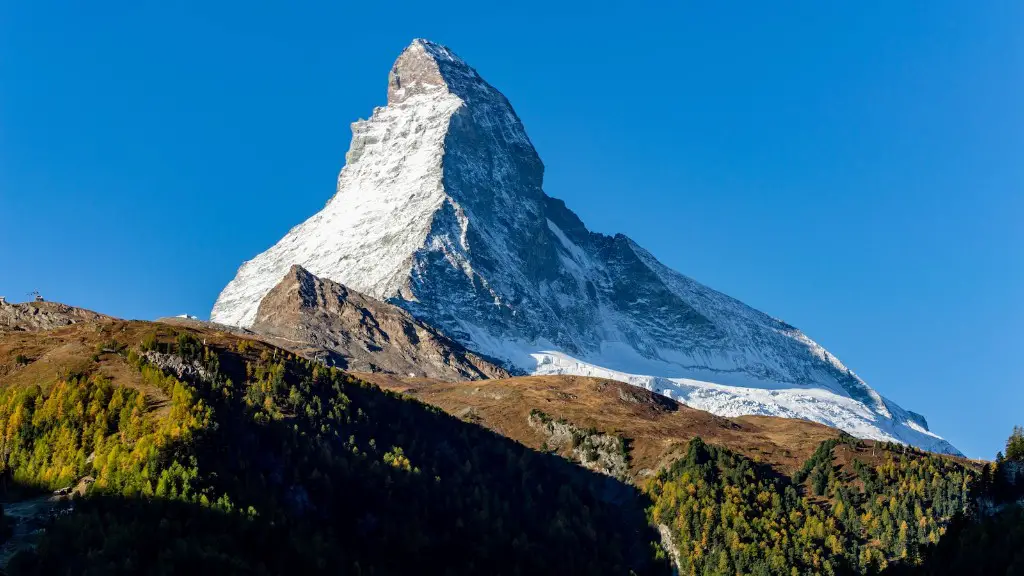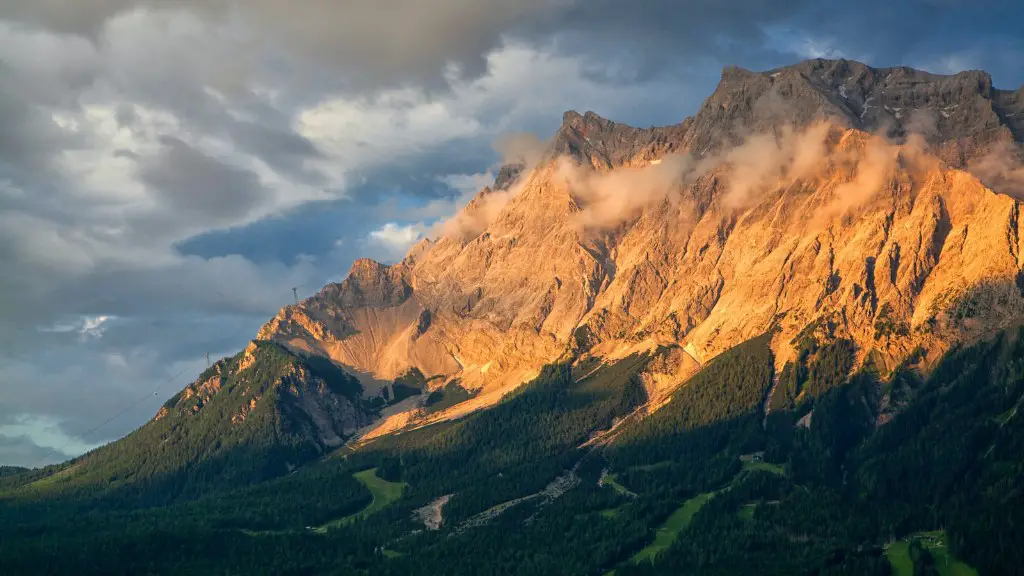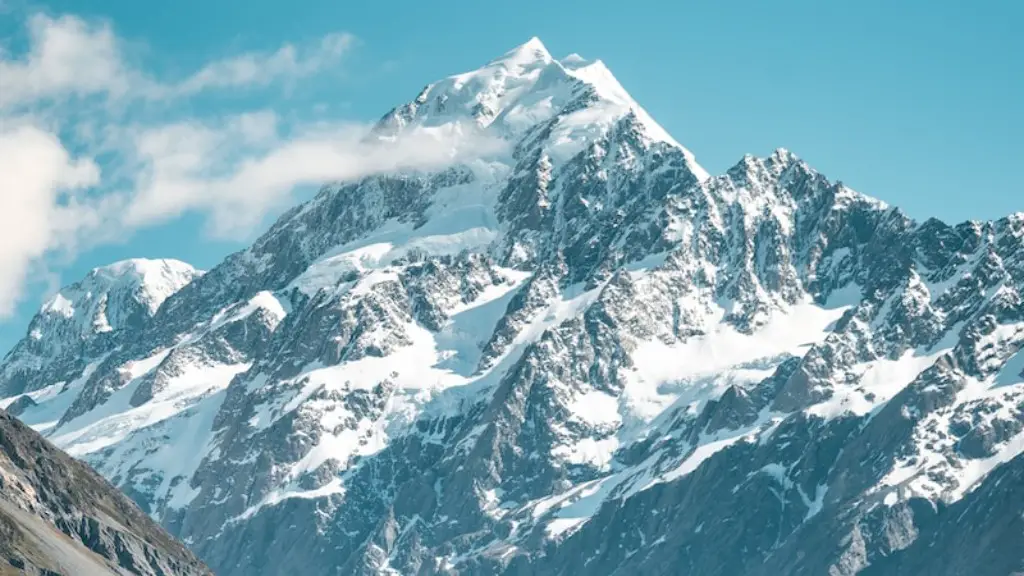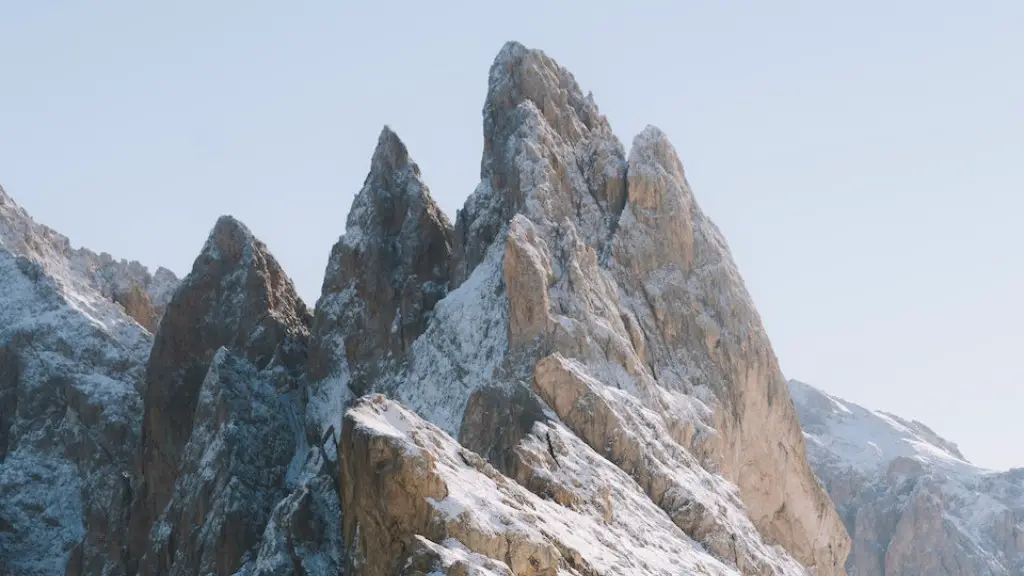In order to climb Mount Everest, it is important to be prepared both mentally and physically. It is recommended to have previous climbing experience and to be in good shape before attempting to summit Everest. There are many resources available to help with preparation, including books, websites, and experienced climbers. It is also important to have the proper gear and equipment.
1. Decide why you want to climb Mount Everest. Whether it’s to check it off your bucket list or to challenge yourself, having a clear goal will help you plan and prepare for your journey.
2. Choose a reputable guide company. Do your research to make sure you select a company with a good safety record.
3. Train for the climb. You’ll need to be in good physical shape to tackle Everest. Start by working on your cardio and strength. Then, as your trip gets closer, begin practicing with hikes of increasing difficulty.
4. Get the right gear. You’ll need clothing that will protect you from the cold and wind, as well as sturdy hiking boots and other gear. Your guide company can help you with recommendations.
5. Acclimate to the altitude. When you’re climbing Everest, you’ll be dealing with high altitudes. To get your body used to this, spend time in a simulated high-altitude environment before your trip.
6. Pack wisely. When you’re packing for your Everest climb, less is more. Choose essential items that are lightweight and won’t take up too much space.
7
Can a beginner climb Mount Everest?
If you’re considering trekking to Everest Base Camp, there are a few things you should know. First, while it is technically possible for beginners to reach the summit of Mount Everest, it is by no means an easy feat. You’ll need to be in good physical condition and have a good deal of experience trekking in high altitudes before attempting such a trek. Secondly, even though base camp is relatively easy to reach, it is still a very strenuous and challenging trek. Make sure you’re prepared for the physical and mental challenges before embarking on such a journey.
If you’re planning on climbing Everest, you need to start preparing well in advance. Getting into great physical shape is essential, as is doing plenty of cardiovascular training in the months leading up to the climb. Remember, though, that even being in great shape won’t necessarily prevent altitude sickness. But it will help your body get the oxygen it needs.
Can a normal person climb Mount Everest
Climbing Everest is no easy feat and requires a great deal of physical and mental preparation. Most successful climbers train for at least one year before attempting to summit the mountain. It is also important to have experience climbing at high altitudes and be comfortable on AD-rated climbs before attempting Everest. With proper preparation, anyone can summit the world’s highest mountain.
If you’re planning on attempting to climb any of the Seven Summits, you need to make sure you have plenty of experience under your belt first. Just because you’ve climbed other mountains doesn’t mean you’re automatically prepared for these behemoths. You need to be able to handle yourself well at high altitudes, have strong footwork, and know when it might be time to turn back. Otherwise, you’re putting yourself in serious danger.
What is the best age to climb Everest?
There are two main routes to scale Mount Everest, the world’s tallest peak – one from the Everest North side in Tibet, and another from the Everest South side in Nepal. Each route has different age requirements for climbers.
Chinese authorities impose an age limit of 18-60 for climbers attempting the Everest North side route in Tibet.
Meanwhile, in Nepal, climbers must be a minimum of 16 years old, but there is no upper age limit.
Different age requirements for each route may be due to different safety concerns and conditions on each side of the mountain. Regardless, both routes present a challenge for climbers of all ages.
If you are interested in climbing Mount Everest, you will need up to three months to make the journey. It takes 19 days round trip to trek to and from Everest Base Camp. Once at Everest Base Camp, it then takes an average of 40 days to climb to the peak of Mt Everest.
Is it hard to breathe on Mount Everest?
On the peak of Everest, it can take minutes just to catch your breath. That’s because, at an elevation of 8,848 meters (29,029 feet), each breath contains one-third of the oxygen found at sea level. The lack of oxygen can cause headaches, dizziness, and even nausea.
It is amazing the strength and endurance of the Sherpa people. They are able to carry extremely heavy loads through some of the most difficult terrain in the world. Their loads are often well over 150lbs, and they do this routinely. This is an impressive feat and one that requires a great deal of strength and stamina.
What is the average cost for climbing Mount Everest
The average price to climb Everest in 2022 was $54,972, with a median price of $46,995. In 2021, the average price was $54,044, with a median price of $46,498. While there is some speculation that China will open its borders to regular international travel in 2023, this has not been confirmed.
The Khumbu Icefall is an incredibly dangerous part of an Everest expedition, despite the extensive systems of ropes and ladders installed each climbing season by the ice doctors. This is because the icefall is constantly shifting and collapsing, making it incredibly difficult to navigate and increasing the risk of serious injury or death. If you’re planning on climbing Everest, make sure you’re prepared for the challenges of the Khumbu Icefall and have a good plan in place in case something goes wrong.
How cold is it at the top of Everest?
The weather on Mount Everest is one of the most extreme on Earth. Temperatures at the summit are never above freezing, and during January they can drop as low as -60°C (-76°F). Despite the low temperatures, the biggest issue faced by climbers is hurricane-force winds and wind chill. These winds can make it feel even colder than the actual temperature, and can make it difficult to stand or move.
Altitude sickness is a challenge for climbers of Mt Everest because it can be difficult to acclimatize to the high altitude. Rapid temperature changes can also contribute to acute mountain sickness. It is important to be aware of the symptoms of altitude sickness and to take precautions to prevent it.
What do Sherpas eat
The potato is an important food source for the Sherpas, who live at high altitudes up to 14,000 feet. Sherpa stew, “shyakpa,” is a meat and potato-based stew with some vegetables mixed in, and rice with lentils, “daal bhaat,” is also a common meal for the Sherpas. The potato provides the Sherpas with essential nutrients and energy, helping them to stay healthy and thrive in their rugged environment.
The price for a standard supported climb ranges from $28,000 to $85,000. A fully custom climb will run over $115,000. Those extreme risk-takers can skimp by for well under $20,000. Typically, this includes transportation from Kathmandu or Lhasa, food, base camp tents, Sherpa support, and supplemental oxygen.
Is Everest actually hard?
There are definitely a lot of difficulties that come with trying to climb Mount Everest. There are other mountains that are not as high as Everest but are harder to climb. Only professional climbers who are in good shape and have had success climbing other mountains should attempt to climb Everest.
The three leading causes of death on Everest are avalanches, falls, and mountain sickness. Most avalanches occur during descent, when the climbers are exhausted and their concentration is reduced. Falls are also more common during descent, when climbers are less careful and more likely to slip. Mountain sickness, which is caused by the buildup of fluid in the brain or lungs, is also more common during descent, when climbers are more likely to be exposed to high altitudes for extended periods of time.
Do you have to wear oxygen to climb Mount Everest
It is just possible for a person to summit Mount Everest without supplementary oxygen, but they would need to hyperventilate to the point of respiratory alkalosis and their arterial PO2 would be less than 30 Torr. This is not a sustainable or recommended feat.
It is with great sadness that we report the news of the Mount Everest coronavirus outbreak. This is a developing situation that is currently disrupting the climbing season on the world’s tallest mountain. Our thoughts are with the climbers and their families who are affected by this outbreak. We will continue to monitor the situation and provide updates as they become available.
Final Words
1. You will need to be in excellent physical shape and have a lot of endurance.
2. You will need to have the proper gear, including a good quality tent, proper clothing, and the necessary equipment for climbing.
3. You will need to have a well-thought-out plan for your ascent, and you should be familiar with the route you will be taking.
4. You will need to be able to acclimatize to the high altitude, and you should spend some time acclimatizing before attempting to climb the mountain.
5. You will need to be aware of the potential dangers involved in climbing Mount Everest, and you should be prepared to deal with them if they arise.
Climbing Mount Everest is an incredibly strenuous and dangerous endeavor that should not be taken lightly. Those who attempt to summit the mountain must be in excellent physical condition and have prior experience climbing other large mountains. They must also be experienced in using ice axes, crampons, and other mountaineering equipment. Weather conditions on Everest can be treacherous, so climbers must be prepared for extreme cold and high winds. A successful ascent of Mount Everest requires meticulous planning and preparation.
